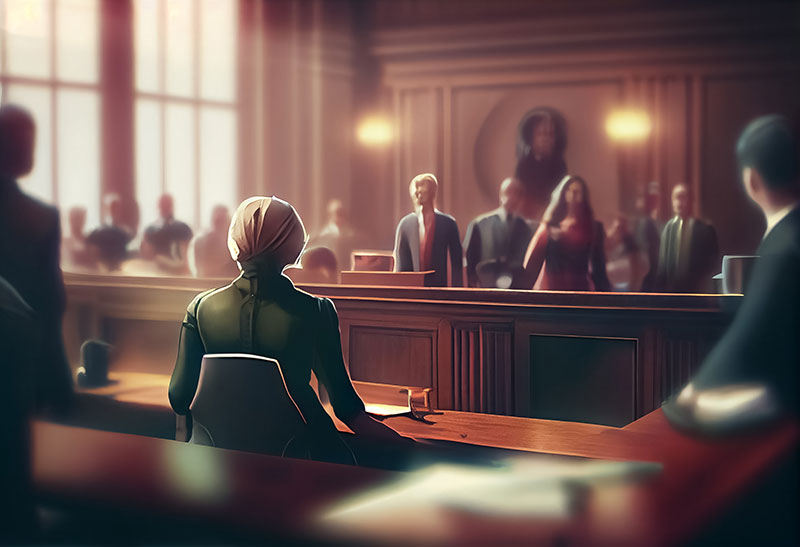The Power of Trial Illustration in Litigation
The Power of Trial Illustration in Litigation
Blog Article

As courtroom communication evolves, visuals have become central. Legal teams increasingly use illustration to explain events, scenes, and processes. Companies like LawFX are at the forefront of this visual legal revolution.
Understanding Courtroom Visuals
Unlike media sketches, these visuals aim to explain—not just depict—key scenes or events from a case. They may include accident reconstructions, injury depictions, or medical procedure visuals. Every image they produce is both court-admissible and strategically impactful.
How LawFX Elevates Legal Communication
Their illustrations are custom-built after consulting with lawyers, witnesses, and experts. Each courtroom illustration expert witness image supports testimony and simplifies complex evidence.
Why Use Courtroom Illustrations?
In court, time is short and information is dense. Visuals simplify the technical, making abstract or complex topics accessible to everyone. This improves juror retention and creates stronger emotional impact during trial.
Illustrations vs. Trial Graphics
They're used to organize arguments or highlight key facts. Illustrations, by contrast, depict scenes or injuries to tell a visual story.
Attorneys and Professionals Who Benefit from Trial Illustration
Attorneys in fields like personal injury, product liability, and malpractice use visuals to explain their case. The versatility of these visuals makes them valuable across all phases of litigation.
Where Trial Illustrations Make a Difference
Jurors can see what happened instead of just hearing it. LawFX's expertise helps clarify these high-stakes issues through careful illustration.
The Illustration Process at LawFX
Next, they collect evidence, photos, expert reports, and medical records. Drafts are created and reviewed with the legal team for accuracy. This collaborative method ensures that every visual is effective, precise, and courtroom-approved.
Improving Jury Comprehension with Art
Most jurors are unfamiliar with technical language or specialized procedures. This translates into better-informed deliberations and stronger cases overall.
Standards for Courtroom Illustration
Every LawFX visual meets courtroom standards for fairness and accuracy. Avoiding exaggeration or misleading design ensures their work withstands scrutiny and contributes to trial success.
How Legal Art Supports Mediation and Arbitration
Beyond the courtroom, visuals are powerful tools in pre-trial negotiations. LawFX illustrations make it easier for both sides to understand what’s at stake.
What Clients Ask About LawFX
What visuals do you create? Courtroom illustrations, trial graphics, 3D models, and digital presentations.
Are they admissible? Yes—they meet evidentiary standards and are reviewed with experts.
What’s the difference between illustrations and trial graphics? Graphics show data; illustrations show events or scenes.
Where can they be used? In court, settlement, depositions, and mediation.
How long does it take? Simple visuals take days, complex ones may take 1–2 weeks.
Final Thoughts
They’re no longer optional—they’re essential. For persuasive, professional visuals that tell your story—LawFX delivers.
Report this page